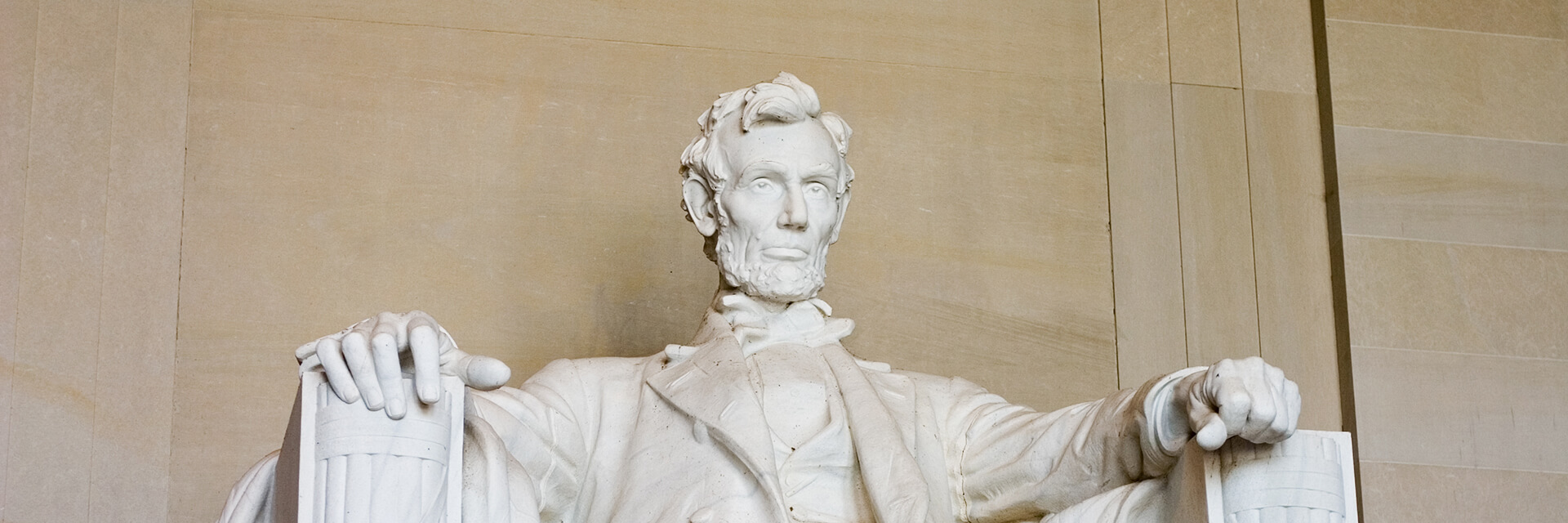
President Trump vs. The “Brady Bunch”
- Published
- Jan 31, 2017
- Share
Most of us learned in grade school civics class that the intention of our founding fathers in forming separate branches of government was to diffuse the abuse of power which is an inherent tendency of human nature. Even after inauguration day, January 20, 2017, with the Republican Party controlling both the executive branch and the legislative branch, the built-in friction provided by our founding fathers continues; as exemplified by the progression of current tax reform proposals coming from the President and the House of Representatives.
President Donald J. Trump came into office wielding an aggressive agenda, with tax reform being one of the top items. However, a force that Mr. Trump will need to reckon with is Congressman Kevin Brady (R-TX), who is the Chairperson of the powerful Ways and Means Committee, who has put forth a tax reform plan of his own, call A Better Way – A Blueprint for Tax Reform.
In many ways, the plans put forth by Mr. Trump and Mr. Brady with respect to ordinary tax rates, capital gains/dividend rates, itemized deductions, standard deduction/personal exemptions, estate tax are similar. There are some differences that will need to reconciled, but that will come in due course.
However, the biggest bone of contention between the 2 plans appears in the area of business taxation. Both agree that rates are high and need to be lowered to a flat rate of 15% (under President Trump’s plan) or 20% (under Mr. Brady’s). Both agree to full expensing of fixed asset acquisitions. In exchange for full expensing, President Trump’s plan would not allow for the deduction of interest expense, thus denying the ability to deduct both the acquisition costs and the cost of borrowing to acquire assets. Mr. Brady’s plan would allow the full expensing with the exception of land and would allow interest expense up to the amount of interest income being reported.
Mr. Brady, unlike President Trump, is adding to the business tax what many are referring to as a “border adjustment tax.” The tax is similar to a value added tax (sometimes called a VAT) that many countries throughout the world employ. Under the border adjustment tax, income on exports would not be taxed. However, to the extent a product is imported, the expense associated with the purchase would not be deductible. Though not dismissing the tax, President Trump has expressed reservations against it. Mr. Brady and fellow Republicans in the House are preparing to make a stand on the tax and take the position that it is, in their eyes, a much more preferable way of discouraging imports than Mr. Trump’s tariffs.
Just when we thought tax reform was going to be the easy part of the incoming administration’s agenda, the founding fathers remind us that there is real work that still has to be done.
What's on Your Mind?
Start a conversation with Daniel
Receive the latest business insights, analysis, and perspectives from EisnerAmper professionals.












